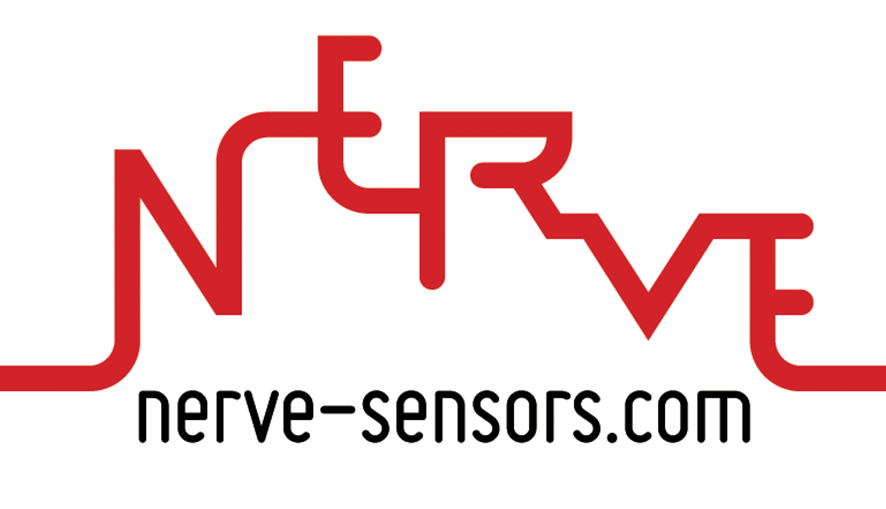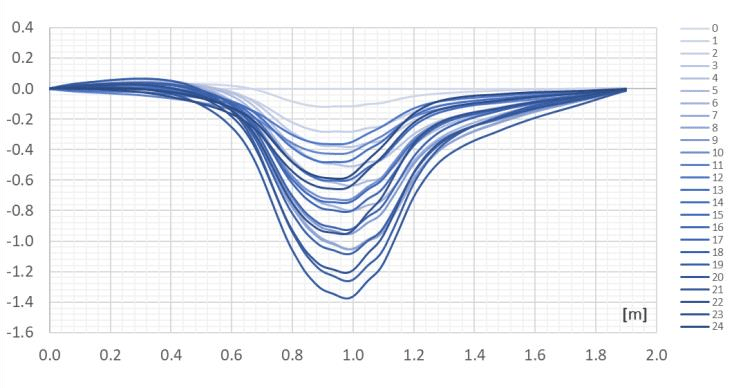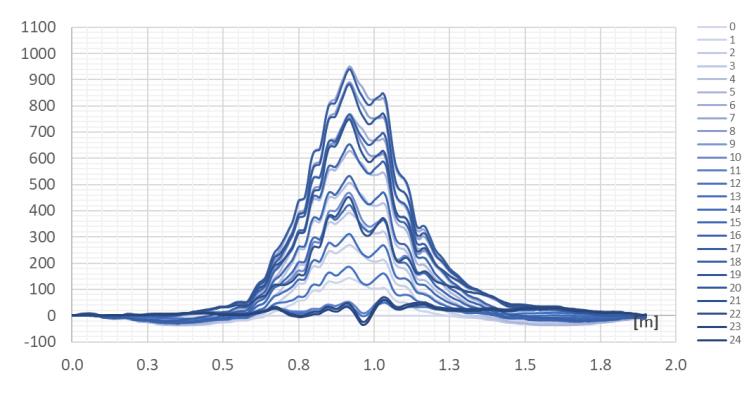Strain and displacement monitoring inside a road structure
EpsilonSensors and 3DSensors were used to create embedded nervous systems in a test environment, simulating the structural behaviour of the actual road substructure. Both longitudinal and transverse sections were investigated at two levels. Despite many sensors installed inside the box, they were not acting as reinforcement and thus, they did not influence the response of the substructure. Strains and displacements were measured at the same time during mechanical loading.
DFOS Sensors Installed: EpsilonRebar and 3DSensor
Project challenges
Benefits of using the DFOS monitoring system
Results of using the DFOS monitoring system
The example plots on the right correspond to the substructure deformations in one of the tests with increased ground humidity. Both strains [µε] and vertical displacements [mm] (settlements, sinkholes) were measured with extremely high spatial resolution.
Technical specifications
Example results
Recomendations (optional)
Lorem ipsum dolor sit amet, consectetur adipiscing elit, sed do eiusmod tempor incididunt ut labore et dolore magna aliqua. Ut enim ad minim veniam, quis nostrud exercitation ullamco laboris nisi ut aliquip ex ea commodo consequat.
John Doe
Project partner








